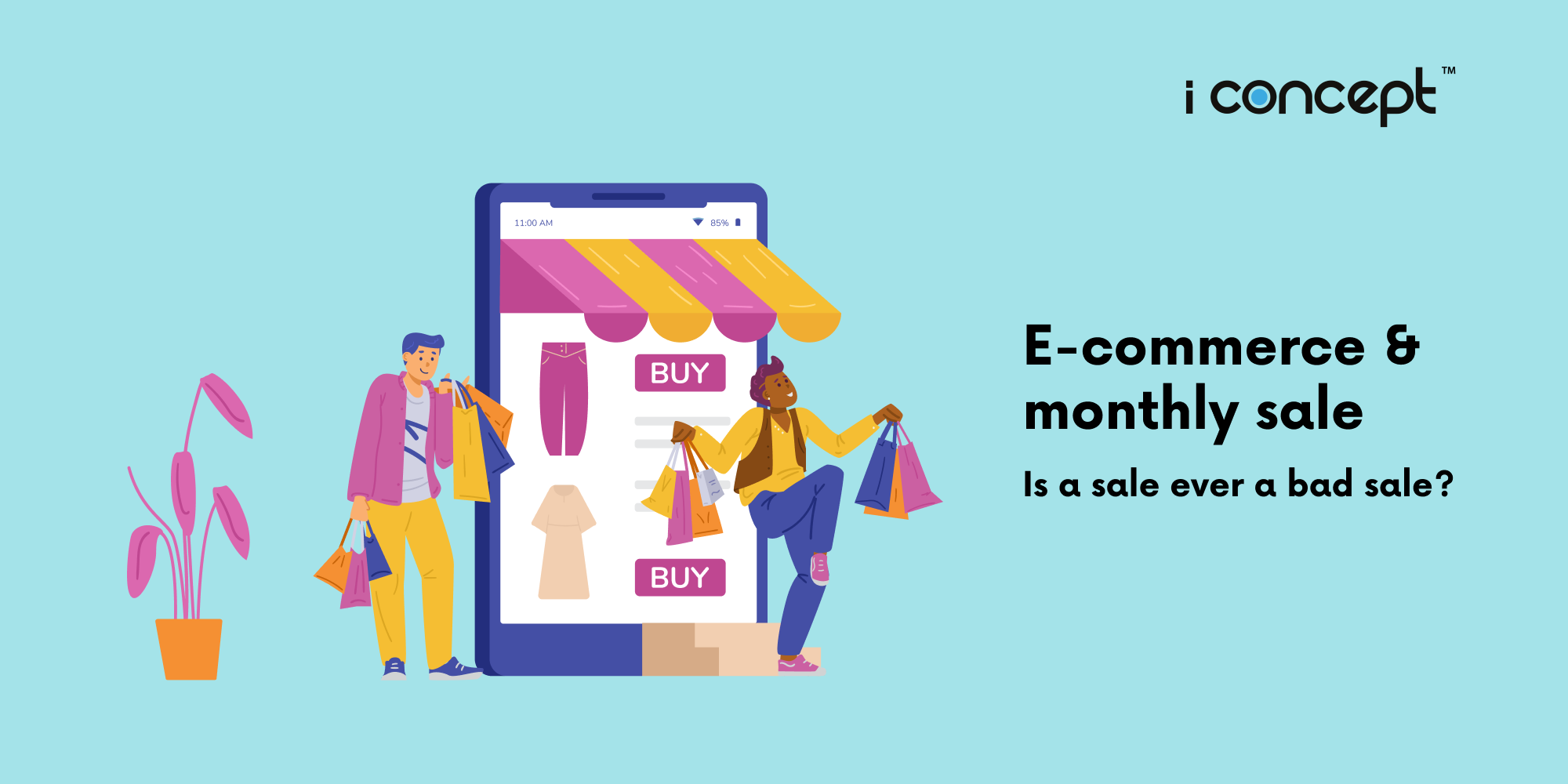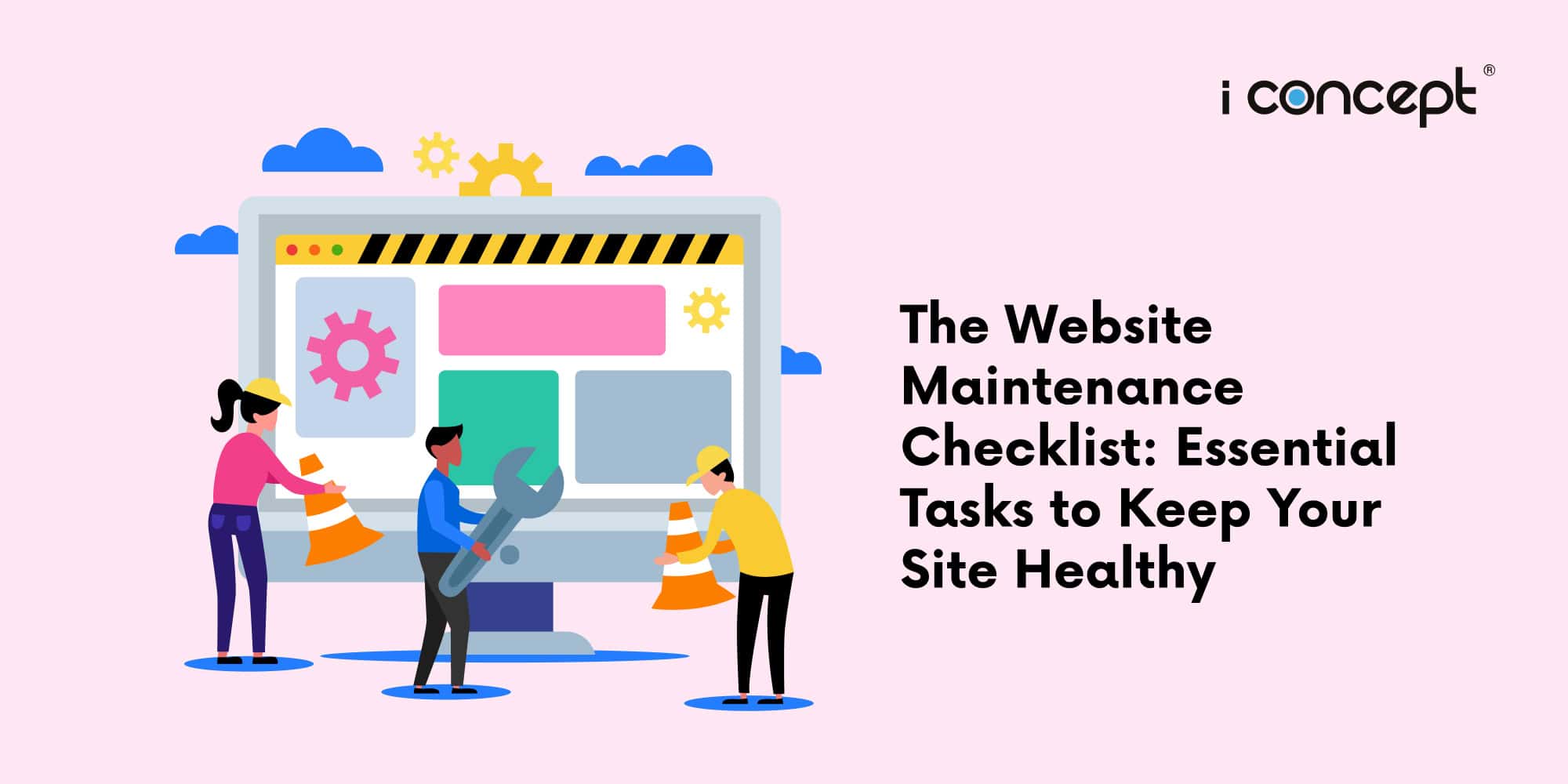We’ve all heard of the Great Singapore Sale, post-Christmas sale, New Year sale, and the many seasonal sales. Then came Black Friday and Cyber Monday, where prices are slashed by up to 90%. 11.11, or Singles Day sales, soon became a thing about a decade ago, popularised by e-commerce sites in China. And in the last two years, we hear of monthly “mega-sales”, brought to you by the big names in mass market e-commerce platforms.
Repetitive advertisements on television and radio, catchy (or sometimes annoying) jingles, top celebrity endorsements and these monthly sales have marked the e-commerce landscape in Singapore and around Asia in the past couple of years. A big contributing factor to the bustle on these e-commerce platforms is the on-going pandemic, which has led to people staying and working from home, and spending more time on their mobile devices and the Internet.
These monthly sales have grown from being single-day, 24-hour events, to ones that stretch over a week or so. And these sales are particularly dominant across Southeast Asia. Unlike other markets, Southeast Asia experiences monthly sales on top of seasonal sales, with some months being quieter than others, but overall posting positive results.
So the question is, is there ever a sale that’s considered ‘too many’? And is there such a thing as a ‘bad sale’? We take a look at the e-commerce scene in Singapore and around the region, and the ‘sale mentality’ that helps keep the sales going.
How is Southeast Asia shopping differently?
Over the last five years, Southeast Asia has been one of the fastest-growing regions for e-commerce globally. The industry has accelerated rapidly, with the increased investments from global leaders, the adoption of cutting-edge technology, and better e-commerce know-how. Shoppers in the region spent 23% more annually between 2018 and 2020, according to a report by Bain & Company and Facebook.
By offering millions of products over a wide range of categories, best in class mobile and web experience, frequent sales, and promotions, plus extensive distribution coverage, the big e-commerce players, such as Lazada, Shopee, and Tokopedia, have grown sales revenue by more than seven times since 2015. Credits for the expansion also go to direct and fierce marketing campaigns and bringing with them brands who have tagged onto their platforms to enter the e-commerce world altogether. The different platforms have also carved out respective niches for themselves, coming out with unique branding strategies to differentiate themselves from one another, through appearance (colours, design, tone of voice, target audience), appealing to a wide range of internet shoppers.
As compared to other internet users in the United Kingdom and the United States, who spend a little over two hours per day, and internet users in Germany, Japan and France, who utilises the web for just under ninety minutes each day, Southeast Asian mobile internet users are perhaps the most active in the world, spending close to four hours surfing the web on their desktops and mobile devices.
Amid the pandemic, consumers in Southeast Asia and elsewhere were forced to turn online for their retail therapy, sending sales receipts on e-commerce platforms skyrocketing, even as traditional brick-and-mortar businesses suffered.
Too many sales make for bad sales?
The short answer to that? Probably not. Despite the many repetitive sales and promotions, people are still buying. To put things in perspective, Singapore-based Shopee recorded a successful 9.9 campaign in 2021, with over 12 million items sold within the first hour.
The 11.11 sale period in 2021 also reported record-breaking numbers. Lazada took just 9 minutes to cross the S$11 million sales mark.
The region’s e-commerce sector was already tracking massive growth before the pandemic, increasing some 600% in just four years, from US$5.5 billion in 2015 to US$38 billion in 2020, according to a report from Google, Temasek, and Bain & Company. Another report forecasts that e-commerce sales in Singapore alone will likely hit $13.4 billion by 2026.
Regular sales are just a way to get people to stay engaged with the platforms and the offerings, with regular reminders that e-commerce has the best deals, on top of conveniences like free shipping and fuss-free payment methods.
And there are almost no compromises to the traditional shopping experience. The freshest groceries can be ordered and delivered in as fast as 2 hours. Luxury bags and top-of-the-line cosmetics are authenticated and verified. You can even have a massage chair delivered to you, and if it doesn’t feel right for you, have it sent back and your money refunded within 30 days.
The regularity of the sales simply means you don’t always have to wait for that grand sale to make the purchase. And that encourages people to buy and spend more often, on the little (or big) things they see online that tickle their fancy.
Keeping the sales going
How to keep sales moving? It’s all in the mind or playing with the consumer’s mind.
While monthly repetitive sales have become, well, repetitive, shoppers will always be on the lookout for a good deal. And they won’t mind waiting for 30 days till the next sale comes on. Any saving will always be a good saving.
One thing many ‘sales 101’ guides mention, is to introduce scarcity as a play factor. This touches on consumers’ emotions and makes them want and feel a need for something. ‘Limited edition’, ‘limited time offer’, ‘exclusive’, all these terms border on the regular shoppers’ FOMO (fear of missing out). And that’s when they will buy.
Here are four tips when working out a ‘sale plan’:
- Always give a deadline when you’re offering a sale. Let shoppers know when prices will revert to the original so that they will make the move.
- Have limited-time or seasonal offerings, such as during holiday marketing campaigns. Match your products to the time period, and create a reason for consumers to buy.
- Consider offering a “first XX customers receive a free gift” incentive. This entices buyers to make purchases quickly.
- Show social proof with customer and expert reviews to confirm that they are missing out. Five-stars and must-buys reassure people that a deal is valid and worth it.
Working out your own e-commerce brand and site
Wanting to get your company or brand onto the internet, or kick-starting your own e-commerce site? It’s not as hard as you think. A common practice today is to make your products available on multiple platforms, including your own web store, as well as having official stores on the other integrated e-commerce sites.
This not only helps your brand get a wider reach, but also establishes your brand’s position in the larger web economy.
Uncertain about e-commerce, or need help with creating one? The creative team at I Concept can readily help you with it. From establishing your brand and designing memorable logos, to developing your website and creating that e-commerce platform that your customers will love, the I Concept team can offer you advice and assist you with the execution.
You can also tap onto the Productivity Solutions Grant, supported by Enterprise Singapore, and get up to 80% subsidy when you develop an e-commerce site with I Concept, as we are a Pre-Approved@SME GoDigital vendor.
A leading Creative Agency in Singapore, we have years of experience in helping companies with branding and web design. With an understanding of your preferences and your business needs, our team of experienced strategists and designers will assist in creating a fully functional website best suited to your brand. Get in touch with us today










